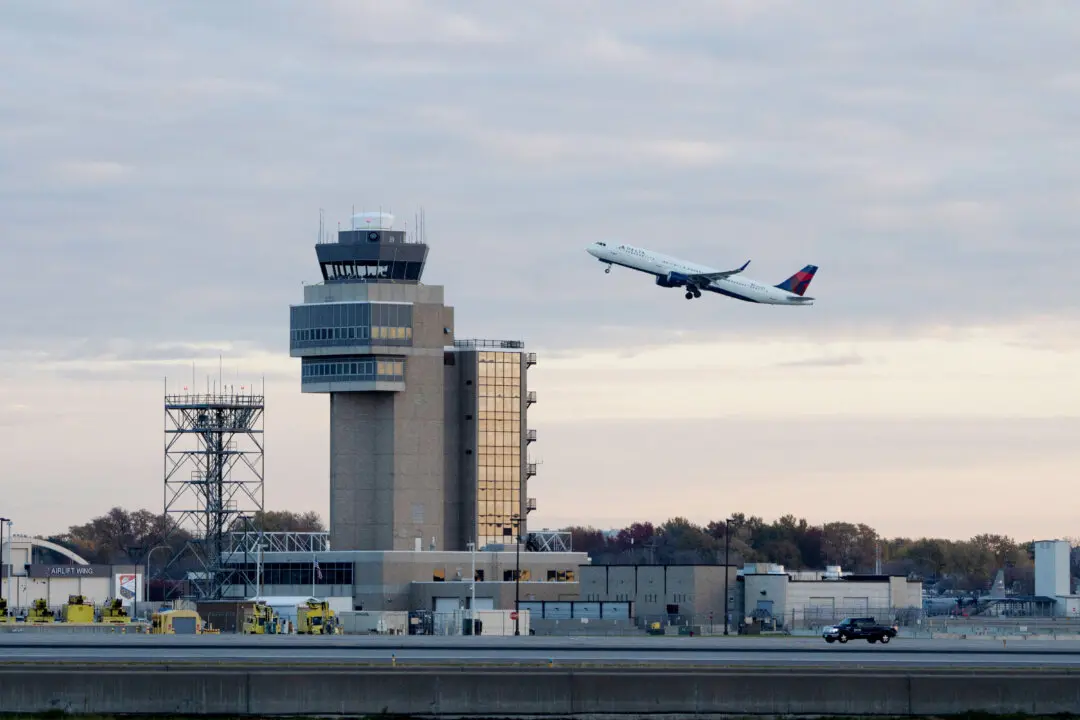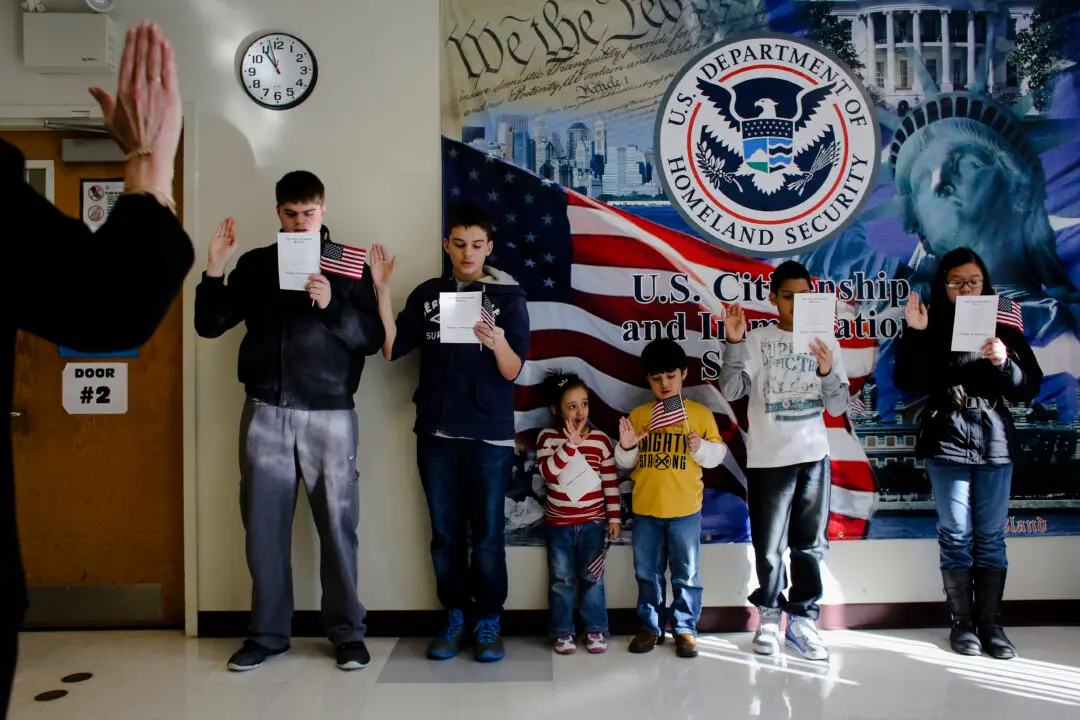Applications for jobless claims edged down in the week ending April 9 to their lowest level since 1970, according to the U.S. Department of Labor.
“The advance number for seasonally adjusted insured unemployment during the week ending April 9 was 1,417,000, a decrease of 58,000 from the previous week’s unrevised level of 1,475,000. This is the lowest level for insured unemployment since February 21, 1970, when it was 1,412,000,” said an April 21 news release (pdf) from the Labor Department.





